Search
Search Results
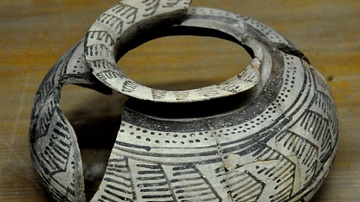
Image
Painted Pottery from the Samarra Culture
This partially broken painted pottery dates back to the Samarra culture, Mesopotamia, 6th millennium BCE. (The Sulaimaniya Museum, Iraq).
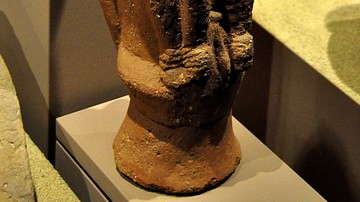
Image
Cat Statue from the Nok Culture
A human-headed cat statue from modern-day Nigeria, Nok culture, 500 BCE to 200 CE.
State Museum of Egyptian Art, Munich.
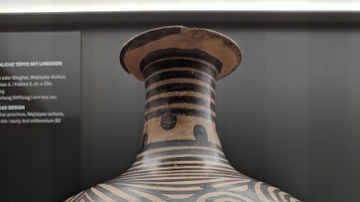
Image
Majiayao Culture Linear Design Pottery
Pottery vessel with linear whirl design from China, Gansu or Qinghai Province, Majiayao culture, late 4th / early 3rd millennium BCE.
Exhibited at the Rietberg Museum, Zurich, Switzerland.
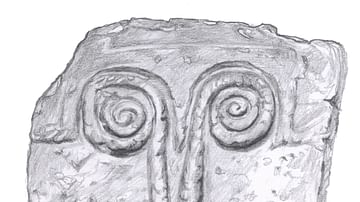
Image
Tombstone Door (Castelluccio Culture, Sicily)
Stone door (early bronze Age, c. 2169 - c. 1500 BCE) closing of a grave dug in the rock, decorated in relief with spiral shaped motifs. On it are carved images that could allude to the sexual act and, therefore, to the continuation of life...
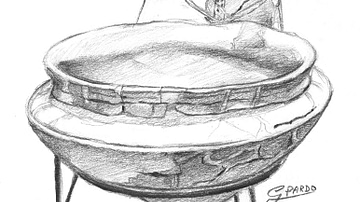
Image
Ritual Ceramic Wash Basin (Thapsos Culture, Sicily)
Large wash basin on a high foot with bifid handle (c. 1500-c. 1200 BCE), richly decorated with geometric engravings. Thapsos Culture, Sicily. (Pencil drawing by Gina Pardo).
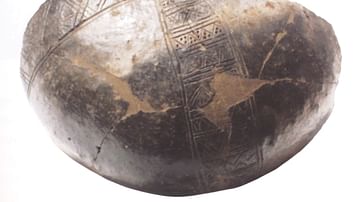
Image
Polada Culture Pot
Clay pot, Polada Culture, Abitato del Lavagnone, Bronze Age, 1800-1600 BCE.
Giovanni Rambotti Civic Archaeological Museum, Desenzano del Garda, Italy.
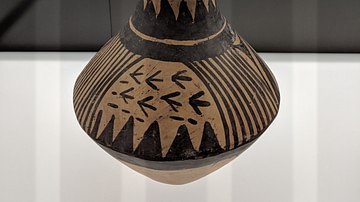
Image
Jar With Stylized Landscape, Majiayao Culture
A pottery jar with stylized landscape from Gansu or Qinhai Province, China. Produced by the Majiayao Culture, late 4th / early 3rd millennium BCE.
Exhibited at Museum Rietberg, Zurich, Switzerland.
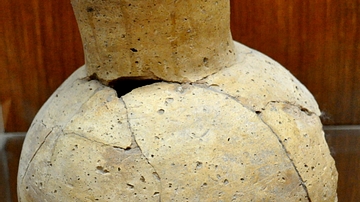
Image
A Jar from Hassuna Culture
This ball-body jar was found in the Faida district of the modern city of Musil, Ninawa Governorate, Iraq. It dates back to the Hassuna period, 6th millennium BCE. (The Sulaimaniya Museum, Iraq).
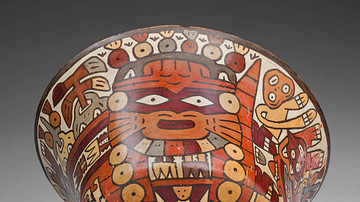
Image
Nazca Culture Bowl
Bowl, 180 BCE / 500 CE. Nazca; south coast, Peru. The Art Institute of Chicago, Kate S. Buckingham Endowment.
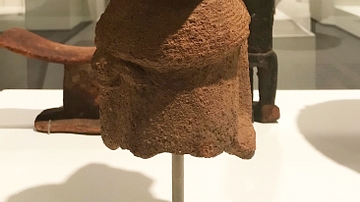
Image
Nok Culture Fragment of a Figure
As a result of erosion and mining, one of the oldest and most sophistcated art-producing cultures known in sub-Saharan Africa came to light in the mid-20th century. Hundreds of hollow figures, heads, and fragments made of coarse clay have...